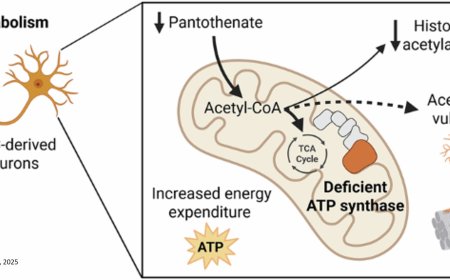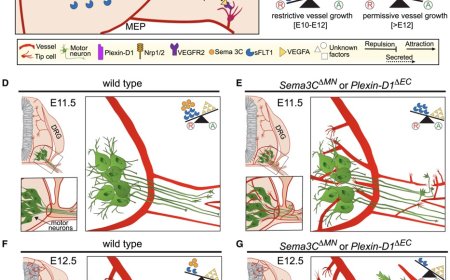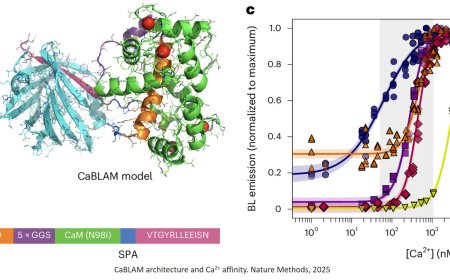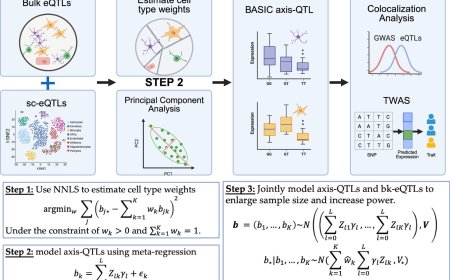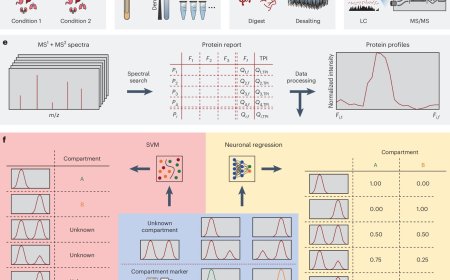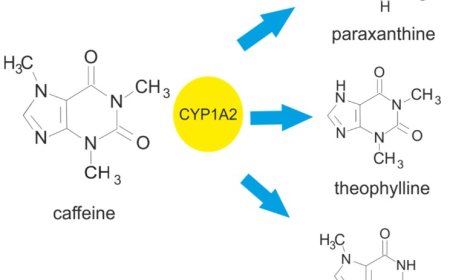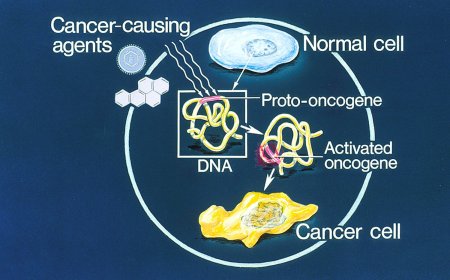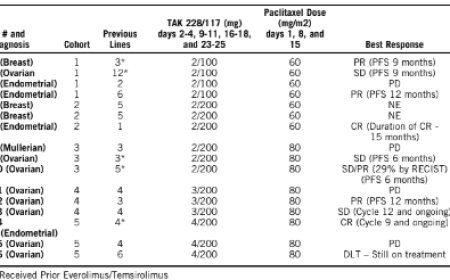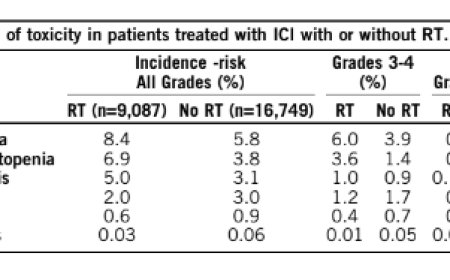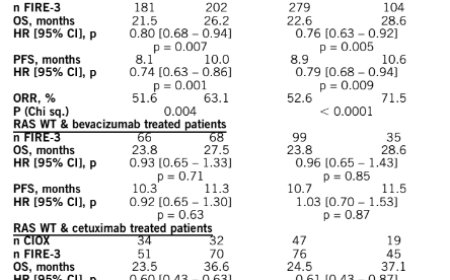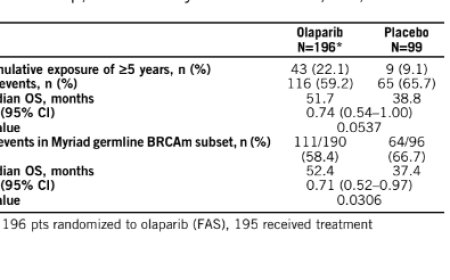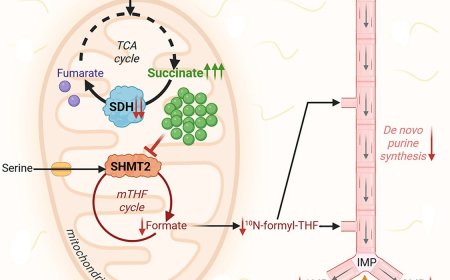Short-read sequencing in biodiversity research
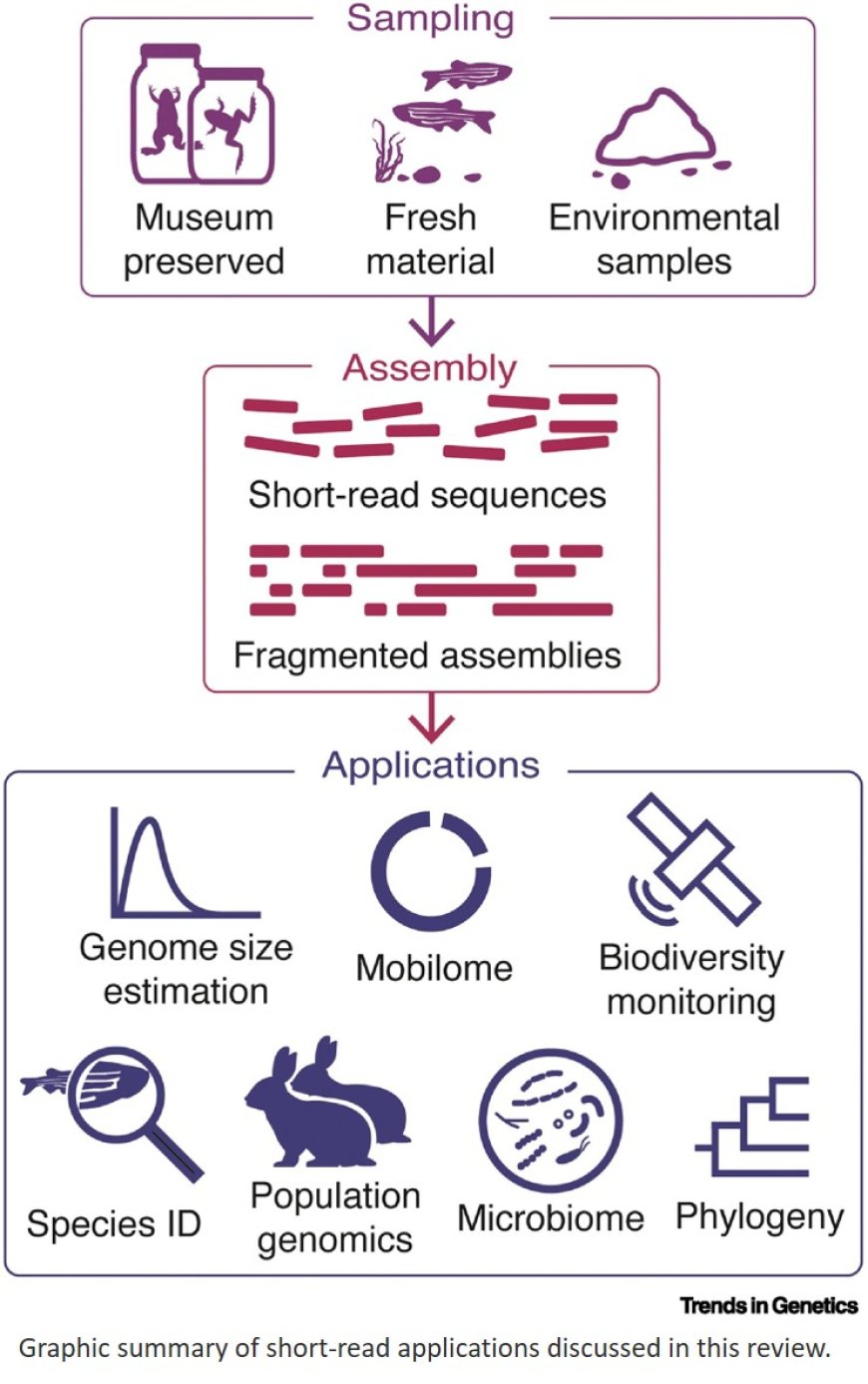
Emerging short-read sequencing platforms are driving down costs and enhancing performance, marking a new era of high-throughput.
Genome skimming allows the recovery of nuclear phylogenetic markers from low-coverage short-read data and, together with emerging assembly-free methods, expanding the utility of genome-scale phylogenetics beyond reference-level genomes.
Genomic properties such as genome size and repeat content can now be accurately estimated from low-coverage short-read data, enabling comparative genomics and mobilome analysis even in fragmented or contaminated datasets.
Museum collections offer a powerful solution to fill taxonomic and genomic data gaps, in the endeavor to sequence all eukaryotic life on Earth.
Genome skimming supports scalable biodiversity monitoring and taxonomic identification, advancing the goals of the Global Biodiversity Framework (GBF).
https://www.cell.com/trends/genetics/fulltext/S0168-9525(25)00229-X
